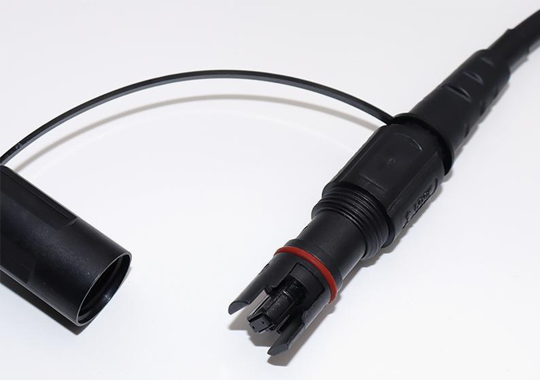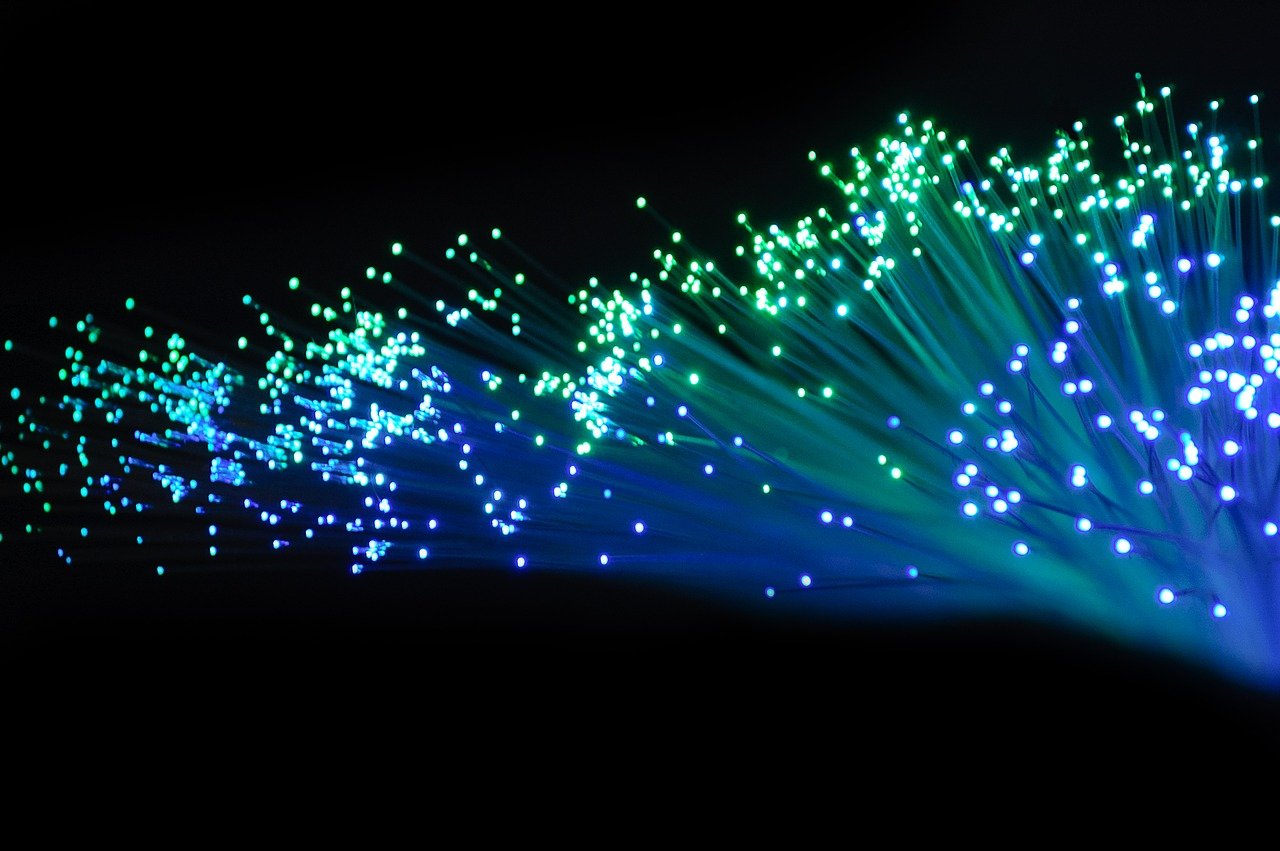Exploring Fiber Optic Connectivity Options Compatible with Optitap MPO

Understanding Optitap
Importance of Fiber Optic Connectivity
Fiber optic connectivity, including the Optitap MPO, plays a pivotal role in modern data center and telecommunication networks. It serves as a crucial component for ensuring seamless and efficient transmission of data. Understanding the different types of fiber optic connectors and cabling is essential for establishing robust network infrastructure that meets the demands of today's digital landscape.
Key Component in Connectivity Options
The Optitap MPO stands out as a key component in various fiber optic connectivity options. Its advanced design and functionality enable high-performance connections, making it an indispensable element in contemporary network setups.
Ensuring Seamless Network Infrastructure
Incorporating MPO connectors and other fiber optic solutions such as those offered by Optitap is vital for establishing reliable and efficient network infrastructure. This ensures that data centers and telecommunication networks can operate at optimal levels, meeting the ever-increasing demands of modern connectivity.
Fiber Optic Options
Multimode vs. Single-mode Fiber Optics
When considering fiber optic options, it's essential to understand the disparities between multimode and single-mode fiber optics.
Differences: Multimode fiber optics are designed to carry multiple light rays simultaneously, using a larger core size that allows for various modes of light to propagate.
Applications: Commonly used for shorter distances within buildings or campuses due to its ability to support high bandwidth at high speeds.
Advantages: Cost-effective and ideal for applications where the distance between network devices is limited.
Single-mode Fiber Optics:
Differences: Single-mode fiber optics have a much smaller core size, allowing only one mode of light to propagate. This results in reduced signal attenuation over longer distances.
Applications: Well-suited for long-distance telecommunication and data center applications where reliability and high speeds are crucial.
Advantages: Offers higher bandwidth and lower attenuation, making it suitable for demanding optical networking environments.
MPO Connectors and Termination
MPO Connectors:
Key Features: MPO connectors are capable of accommodating multiple fibers within a single connector, streamlining connectivity in high-density environments.
Benefits: They facilitate quick and reliable connections while optimizing space utilization within network infrastructure.
Termination Methods for MPO Connectors:
Various termination methods exist for MPO connectors, including mechanical splicing and fusion splicing. Each method offers distinct advantages based on specific network requirements.
Fiber Optic Cabling Types
Types of Fiber Optic Cables
In the realm of fiber optic cabling, various types cater to specific network environments, each with its own set of characteristics and applications. Here's an overview of some common fiber optic cable types:
Single-Mode Fiber (SMF): This type of cable is designed for long-distance transmissions, making it suitable for telecommunication networks within the optical network infrastructure. It offers high bandwidth and low signal attenuation, ensuring reliable connectivity over extended distances.
Multimode Fiber (MMF): MMF cables are ideal for shorter reach transmissions, often used in local area networks (LANs) and data centers. They provide cost-effective solutions for high-speed connections within confined spaces.
Plenum vs. Riser Cables: These cables are differentiated based on their fire safety ratings and where they can be installed. Plenum cables are suitable for air handling spaces, while riser cables are designed for vertical runs between floors.
Understanding the characteristics and suitability of each type is crucial when planning and implementing a robust fiber optic cabling infrastructure within diverse network environments.
Cabling Installation Best Practices
When installing fiber optic cabling, adherence to best practices is essential to ensure optimal performance and longevity. Consider the following guidelines:
Use proper cable management techniques to minimize stress on the fibers and connectors.
Perform thorough testing after installation to verify connectivity and identify any potential issues.
Implement regular inspections and cleaning protocols to maintain the integrity of the cabling system over time.
By following these best practices, organizations can establish a reliable fiber optic cabling framework that supports seamless data transmission within their network infrastructure.
Optical Network Infrastructure
Data Center and Telecommunication Networks
In the realm of optical network infrastructure, fiber optic connectivity plays a pivotal role in both data center and telecommunication networks.
Data Center Networks:
In data centers, fiber optic connectivity forms the backbone of high-speed data transmission, facilitating the efficient exchange of large volumes of information between servers, storage systems, and networking equipment. The use of Optitap MPO and other advanced fiber optic solutions ensures seamless connectivity within these mission-critical environments.
Telecommunication Networks:
For telecommunication networks, fiber optic infrastructure enables the swift and reliable transmission of voice, data, and video communications over vast distances. The deployment of robust fiber optic cabling, including diverse termination methods for MPO connectors, is essential for maintaining uninterrupted connectivity in telecommunication networks.
Testing and Maintenance
Ensuring the optimal performance of fiber optic connectivity requires comprehensive testing and maintenance protocols. Regular testing helps identify potential issues such as signal loss or degradation, ensuring that the network operates at peak efficiency. Additionally, scheduled maintenance practices such as cleaning connectors and inspecting cable integrity are vital for preserving the reliability of the optical network infrastructure.
By prioritizing thorough testing and proactive maintenance, organizations can uphold the integrity of their fiber optic connectivity, thereby safeguarding the seamless operation of their network infrastructure.
The Future of Optitap
As technology continues to advance, so does the realm of fiber optic connectivity. The Optitap MPO is poised to play a pivotal role in shaping the future of network infrastructure. With its ability to facilitate high-performance fiber optic connectivity, including versatile MPO connectors, Optitap remains at the forefront of evolving network solutions. Staying updated with the latest advancements in fiber optic options is crucial for organizations seeking to optimize their network infrastructure and adapt to the changing demands of digital connectivity.
See Also
Attaining Superior and Affordable Fiber Optic Connection Performance
Utilizing OptiTap and OptiTip Connectors for Optical Communication Uses
Discovering the Advantages of the 960 Core Fiber Optic Splice Enclosure
Investigating the Features and Advantages of OptiTap Rugged Connectors
Durable Outdoor Connectivity Solution: Waterproof FTTA Patch Cord by OptiTap


